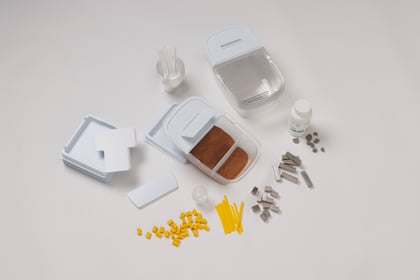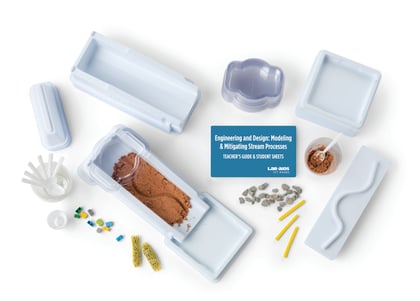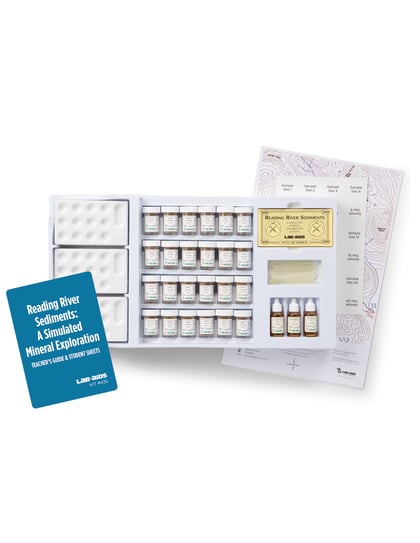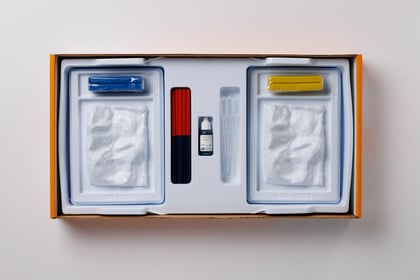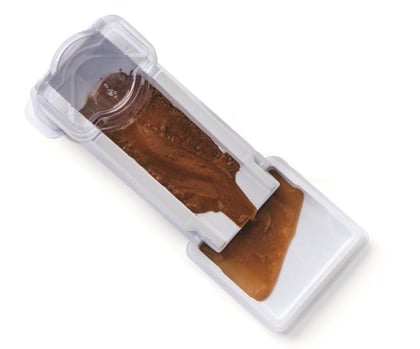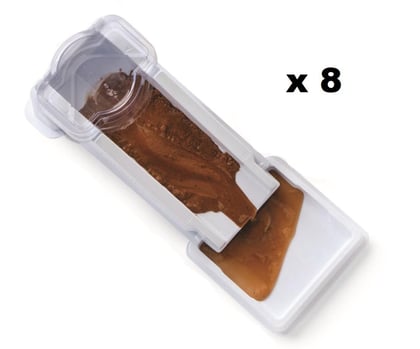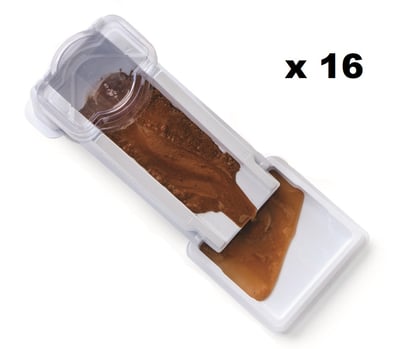Modeling Stream Erosion and Deposition
Student groups use a specially engineered Lab-Aids river model to investigate the dynamics of erosion and deposition of sediments. Students observe, describe, and interpret the erosional and depositional patterns created when “rain” falls over a non-level sand surface. Common features created and described include stream channels, canyons, meanders, sand bars, and deltas. They consider the role of gravity and the destructive and constructive nature of flowing water.
Details at a Glance
- 1-2 Days | 1-2 ~50 minute class periods
- 1 Activity
- Accommodates 2 classes, each with 6 groups of 4 students
- Consumables service 48 students
- Meets our criteria for supporting literacy
- Includes digital resources
- Requires a water source
Scientific Concepts
•Landforms are the result of a combination of destructive forces (such as erosion) and constructive forces (such as deposition).
•Gravity transports water and earth materials over Earth’s surface where it collects in rivers, lakes, and oceans.
Key Vocabulary: delta, deposit/deposition, erode/erosion, sediments
Guides & Student Sheets
Our kits and modules provide you with everything you need so you can open, review, and teach the material confidently the next day.
- Comprehensive Teacher Guide with background information, detailed instruction, example data and answers
- Student Sheets with age appropriate background information, full procedure(s), and analysis items
- Materials necessary for the investigation (beyond common classroom items)
- Safety Data Sheets
Kit Components
- 6 Stream bed
- 6 Catch basin
- 6 Stand
- 6 Rainmaker
- 2 Sand mixture, 400 mL
- 6 Graduated cup, 30 mL
- 6 Plastic spoon
- 6 Plastic cup
- 1 Safety Data Sheet (SDS)
- Downloadable pdfs of student and teacher literature





